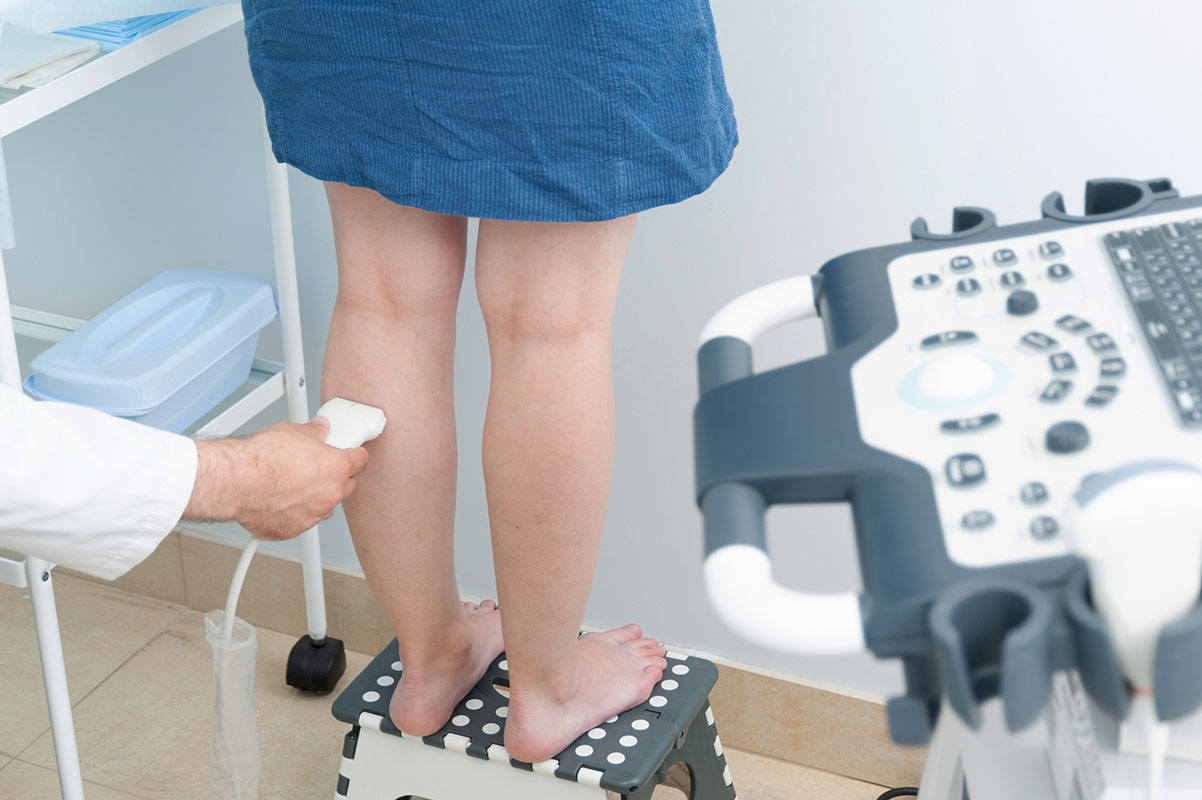Understanding Varicose Vein Treatment: Options and Effectiveness
Varicose veins are a common condition that affects millions of people worldwide, causing discomfort, pain, and cosmetic concerns. These enlarged, twisted veins typically appear on the legs and can be both a medical and aesthetic issue. Fortunately, numerous treatment options are available to address varicose veins effectively. This article explores various varicose vein treatments, focusing on modern techniques such as laser therapy and endovenous laser ablation.

How does laser treatment work for varicose veins?
Laser treatment for varicose veins is a minimally invasive procedure that uses focused light energy to target and seal off problematic veins. During the treatment, a thin laser fiber is inserted into the affected vein through a small incision. The laser energy heats the vein, causing it to collapse and seal shut. Over time, the treated vein is absorbed by the body, and blood flow is redirected to healthier veins. This procedure is typically performed on an outpatient basis and requires little to no downtime.
What is endovenous laser ablation and how effective is it?
Endovenous laser ablation (EVLA) is a specific type of laser treatment that has gained popularity due to its effectiveness and minimal invasiveness. This procedure uses a laser fiber to deliver heat energy directly into the problematic vein, causing it to close off. EVLA is particularly effective for treating larger varicose veins and has shown excellent long-term results. Studies have reported success rates of over 90% in closing treated veins, with patients experiencing significant improvement in symptoms and appearance.
Are there any non-invasive alternatives for treating leg veins?
While laser treatments and EVLA are highly effective, there are also non-invasive options for treating varicose veins, especially for smaller veins or early-stage cases. These alternatives include:
-
Compression stockings: These specially designed garments apply pressure to the legs, promoting better blood flow and reducing swelling.
-
Sclerotherapy: This involves injecting a solution into the affected veins, causing them to collapse and fade over time.
-
Radiofrequency ablation: Similar to laser treatment but uses radio waves instead of light energy to heat and seal the veins.
-
Exercise and lifestyle changes: Regular physical activity, weight management, and avoiding prolonged standing or sitting can help prevent and manage varicose veins.
How do I choose the right vein treatment for my condition?
Selecting the appropriate treatment for varicose veins depends on several factors, including the size and location of the affected veins, the severity of symptoms, and individual health considerations. It’s essential to consult with a qualified vascular specialist who can assess your specific condition and recommend the most suitable treatment option. They may use ultrasound imaging to evaluate the extent of the vein problem and determine the best course of action.
What are the typical costs and providers for varicose vein treatments?
The cost of varicose vein treatment can vary significantly depending on the chosen method, the extent of the condition, and the healthcare provider. Here’s a general overview of some common treatments and their estimated costs:
| Treatment | Provider Type | Estimated Cost Range |
|---|---|---|
| Sclerotherapy | Dermatologist or Vascular Surgeon | $300 - $1,000 per session |
| Endovenous Laser Ablation | Vascular Surgeon or Interventional Radiologist | $2,000 - $5,000 per leg |
| Radiofrequency Ablation | Vascular Surgeon or Interventional Radiologist | $2,000 - $5,000 per leg |
| Compression Stockings | Medical Supply Stores or Online Retailers | $20 - $200 per pair |
| Surgical Vein Stripping | Vascular Surgeon | $1,500 - $3,000 per leg |
Prices, rates, or cost estimates mentioned in this article are based on the latest available information but may change over time. Independent research is advised before making financial decisions.
It’s important to note that many insurance plans cover varicose vein treatments if they are deemed medically necessary. However, coverage can vary, so it’s advisable to check with your insurance provider before proceeding with any treatment.
In conclusion, varicose vein treatment has come a long way, with modern techniques like laser therapy and endovenous laser ablation offering effective, minimally invasive solutions. These treatments, along with non-invasive alternatives, provide a range of options for individuals seeking to address both the medical and cosmetic aspects of varicose veins. By understanding the available treatments and consulting with a healthcare professional, patients can make informed decisions about managing their vein health and improving their quality of life.
This article is for informational purposes only and should not be considered medical advice. Please consult a qualified healthcare professional for personalized guidance and treatment.






